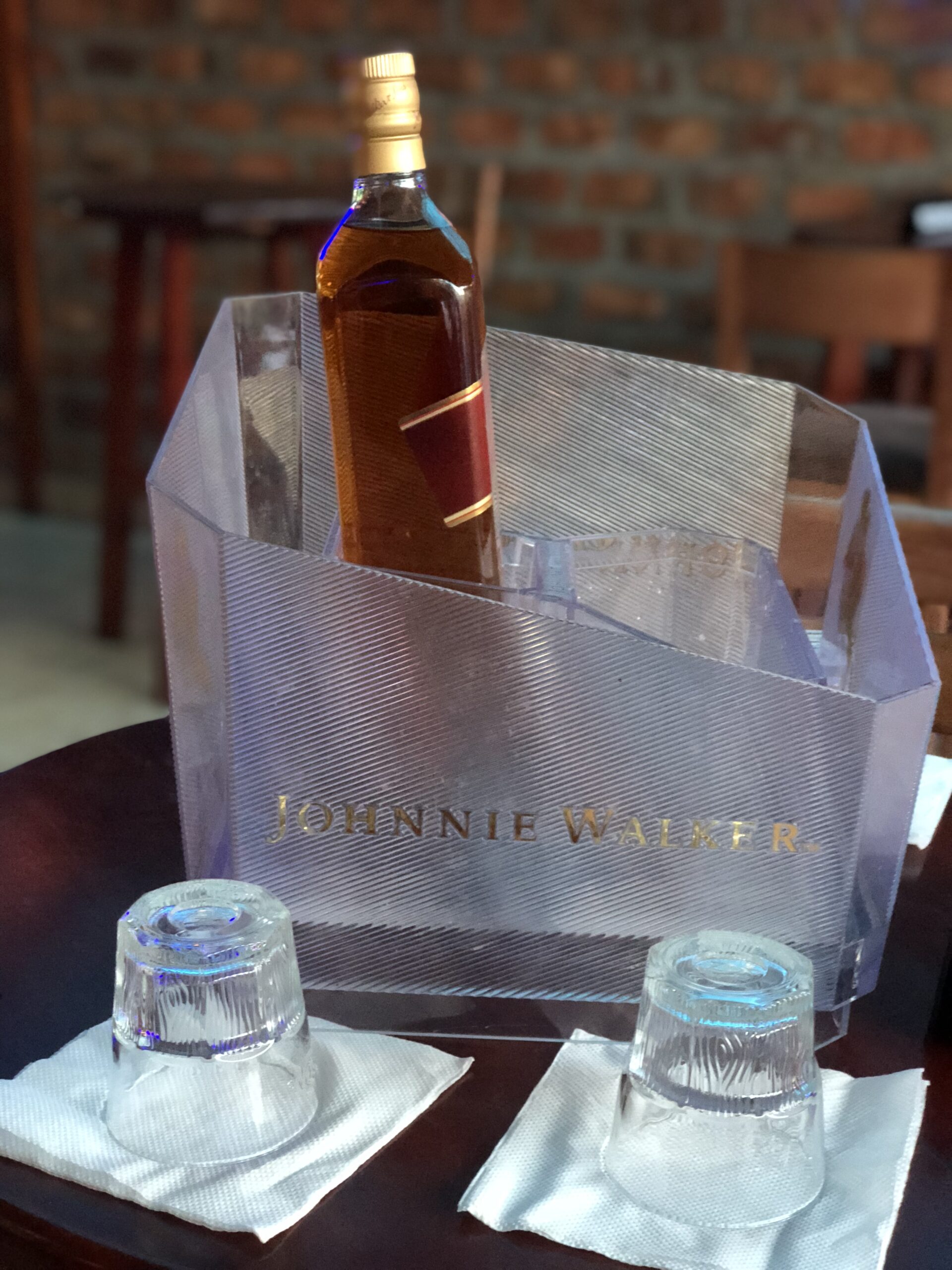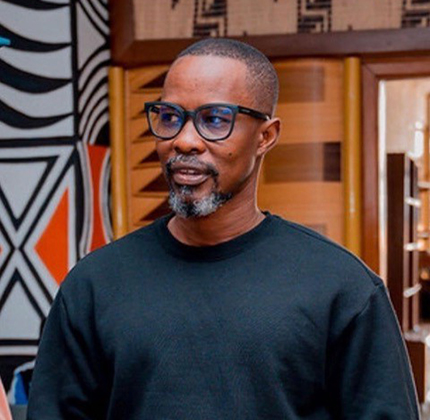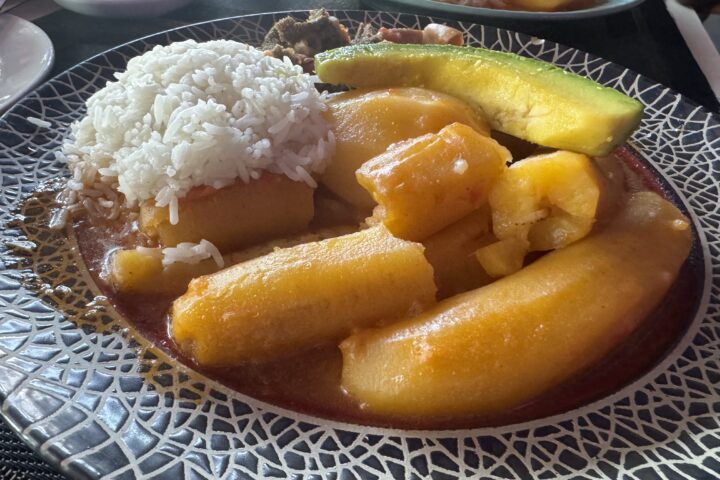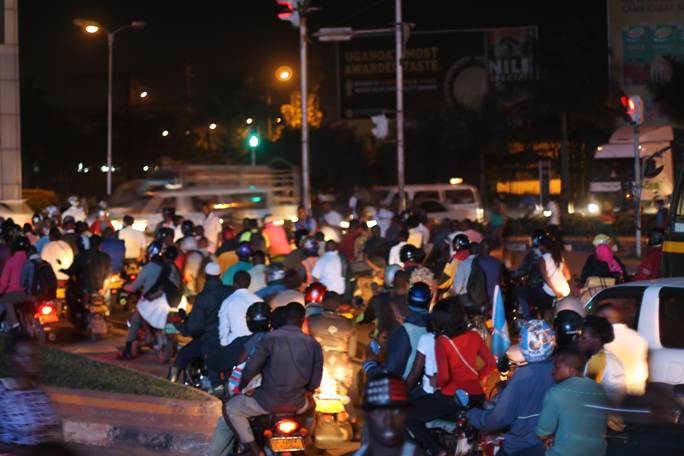Drug dealers in Uganda’s capital city are the Uber generation. Attentive to the mood and movement of society they offer their services to fit the city’s hopes and nightmares. There is cocaine for the mid-level bank manager who wants a high to keep plugging away at her job – trying to keep rivals at bay.
For one position like hers – there are hundreds of CVs circling like vultures, graduates in their dark gowns, painted nails and red lips that she sees in her dreams. Sometimes even during the day. Cocaine, which costs about UGsh 250,000 per gram keeps her guard up. She does not have to worry about long hangovers and the insomnia is a bonus for the master’s program she just enrolled into. Her dealer is a real-life pharmacist and she has a dedicated “safe boda” a motorcyclist who knows her workplace, home, her boyfriend’s place and occasionally delivers to her at the Club on Fridays.

Her motto is to keep winning. Or slaying. On Facebook and Instagram she carefully choreographs her success. But she feels safer indoors. Her whole life is a demanding performance and the drugs take the edge off. Recently she took a loan to make sure she does not miss her supplies. The dealer she has is a godsend and has been with her since her first promotion. They attend the same church.
It took her a bit of time to adjust to the chemistry that cocaine requires. As it leaves one’s system strange things can happen. After a while she learnt when to be at home when the cramps start and to manage herself by hydrating. She also knows not to eat too much before using because the drug is jealous of other nourishment.
She is not alone. Drug use in Kampala is a poorly kept secret. It is probably because drugs are put simply a close definition of the social condition. Cocaine is for a high achieving class, crack cocaine for lesser mortals. After that as the social classes descend so do the quality and cost of the drugs. Heroin is more affordable but pills such as MDMA or versions like Ritalin normally used to treat Attention Deficit and Hyperactivity Disorder (ADHD) can be acquired easily from the pharmacist next door.
One mother describing how blindsided she was by the complexity and brutality of the drug situation said her daughter had been sent to a local rehab center with a “weed problem”.
“ She came out with a cocaine habit” she sighed. In a series of text messages, she showed just how easy it is to get one’s hands on fentanyl – the opioid at the heart of the crisis in America. But her real frustration was with the sophistication of the drugprenuers of Kampala.
“ They control everything including the rehab centres. Even methodone, the treatment drug most commonly used is controlled so they can make money on the treatment side” she said.
The dealers in town are modern day shaman tending to a crowded battlefield of dreams clawing to the surface. They have to innovate to keep their customers who, walking down the street advertising the good life, are distracted by new churches, self-proclaimed prophets, crypo-currency gurus, labor export companies promising heaven abroad, and your average crooked politician hawking a deal with a foreign investor.
Uganda is already heavily addicted to alcohol. In Karamoja, the most rural of its provinces liver disease from alcohol related consumption is a leading killer – ahead of HIV and Malaria in some cases. But even such a statistic is shrugged off easily. Like most tragedies – severity is a matter of relativity. The Karamojong society is coming apart at the seams. Hundreds of women and girls are trafficked into indentured work in the city and modern-day slave markets are reported to operate at the edges of its districts where 13-year-old girl children are sold off as young brides for a few cows or rifles. In the city the pressure may not be as medieval, but survival is still primal.
The artsy clique, living from small gig to small gig may not think of themselves as Karamojong slaves but the gig economy is just as uncertain and psychologically damaging. Cocaine is out of reach for the creatives in Kamwokya for the most part. Bottom feeders have weed – sometimes cut with low grade heroin. Dealers do this because weed is a great gateway drug to harder stuff and customers who graduate to better jobs are easy to recruit to the exclusive world of high performers in the society – the bankers, businessmen, politicians, senior military officers and civil servants all who have one job really- to stay at the top.
In the meantime, if cocaine is a boardroom drug, creatives slave away with bedroom drugs, taking body blows from MDMA, ecstasy, a pill list that reads like the punishment log of a brutal dominatrix. In these highly sexualized often younger groups, drugs are even seen as a safe space where one can speak openly about taboo subjects, open up to their fears and enact their fantasies without being judged – especially by a society with such extreme contradictions that moral relativity can be venerated as a form of urban spirituality. To this theatre going, script writing, passion-cause driven fashionistas who see themselves in some ways as militants in a culture war against hypocrisy and let us admit it; violence, escaping into a drug-aided brotherhood or sisterhood is a small reward.
On occasion friends will split for a gram of cocaine ( cut with speed) saving 100 thousand each and meeting in a home for a celebration – a birthday, a new promising gig, a book published, a scholarship clinched. The creative economy has spurned a dependency on fluid jobs. Weekend brunch with wine, weed cake and something extra are looked forward to. Even a comeback from rehab – any occasion to come together in resistance to the world outside with its traditions and assumptions. Drugs bridge that gap here between the ambitions of the globally minded creative set and their realities.
The challenge with the pill regime is unlike cocaine that washes out of the system quickly, MDMA and others hang around like extended hangovers which is just as well since gigs tend to be like good parties – days and sometimes weeks apart. Pills are draining and for a smartphone generation they leak energy like running multiple apps in the background. With such frequent power cuts – keeping one charged and ready to confront the world is a real challenge. Many struggle and fail. As an educated elite, this group is much more alive to the deficiency of mental health services in the city.
This narrative about casual drug use in Kampala is from many conversations by users ( and by extension their dealers). One thing is clear. Dealers are not creating a problem. They may be multiplying it by weaving a cycle of addiction from which their customers cannot escape until death in some cases. But in some ways dealers, with their network of recruiters and couriers, their smart phone lists and payment plans are supplying a solution to the combined anxiety of what is a harsh unequal society that is unforgiving to the wealthy as it is to the ones they exploit.
Well-heeled scions of the city’s leading families are victims too. Spending their privilege dollars in “happy ending” massage parlors, several of which have opened purposely to push crack cocaine, they struggle with a sense of mission just as anxiety inducing, if without the hunger and rent problems of their underprivileged agemates. These massage parlors are an example of the creativity of the dealer cycle. They are gated harems where one can spend hours and emerge in the evening to mingle with friends who work. The working girls in some of the dealer run establishments offer sex, then sex and drugs. The dealers apparently pay for each new customer they recruit with a discounted rate for the drugs they are already addicted to. And so the cycle continues.
Today Uber dealers are moving forward. Several, who used to recruit customers by “renting space” in established bars often by giving the bartenders a side income are now setting up their own bars where anything goes.
TO BE CONTINUED.











Can’t wait for Part 2.
One of the best written pieces on Africa especially the urban scene that I’ve seen in a long time. Real Talent, hope you’ll continue developing it and treating us with more.
I’m not surprised by the content, because one picks snippets of each aspect covered here and there from different sources. What is great about this piece is the wonderful narration bringing all the different angles together in one of the most well researched and investigated story I’ve ever read exposing the vice. This is a story that should generate great concern from the right people who can act on it authoritatively, and then serious remedial steps should be taken. Otherwise, Uganda is in trouble with its world famous youthful population.
Thank you very much, Angelo, and I can’t wait to read Part 2!
Thank you Benson
Bring on part 2. This article was awesome…….. I am a Counseling Psychologist, who does work with individuals struggling with addiction. I loved this article. Style, content appeal to me. Keep writting
As a mum and an auntie to many this well put article makes me shudder. How do i know some of my nephews and nieces are not yet hooked? How do I keep the rest soon entering the using age bracket at bay? Woiiiiiii!!!!!
The only chance you have is to befriend your children and do it in sincierity. Nourish, Cherish and understand them over and over again. Try as much as possible to be the person they talk to if its a small teenage crush or heart break or if it’s petty meaningless gossip all the way upto their biggest of ambitions. Its shouldn’t be easy at all
Paul, you are right. Family life, being genuinely cared for is so important.
Great piece and an eye opener for a very naive person like me. With the high rate at which these massage parlors are mushrooming you could wonder how they will stay in business because of their remoteness and bad locations but it seems they have their loyal clientele who keep them in business
This entire series is Angelo’s finest yet, deserving of an award.
Quite analytical and deep… good read. This is a growing problem that needs to be watched carefully and supported by appropriate policies.
Gifted hands and mind! Such pieces should be sponsored by UNODC. This drug menace is eating up our country unnoticed and unaddressed amicably. Where is part 2 . You are building my research work. God bless you with more revelations
OH MY GOD
Fascinating. I wonder how long it took you to get to such a depth being a ‘non-user’. City bars used to prohibit marijuana a few years back but you can trust that none will make a cent once its prohibited.
Otherwise this writing is a master peice! Cant wait for part 2
Thank you. I had a lot of help from friends, mostly young, who shared their stories with sincerity.
This is a well researched piece. Any partnership for documentation?
Thank you Liberty. The issue does need some attention not just as a health care problem but as a social crisis. Most interventions so far are on the medical side.